10 OF THE TINIEST TOWNS IN ITALY (AND WHAT THEY ALL HAVE IN COMMON)

When traveling to Italy, most visitors flock to major tourist destinations such as Rome, Venice, Florence, Tuscany and the Amalfi Coast – but when you’ve been around the peninsula and back again as many times as we have, sometimes it pays to change it up.
We decided to round up some of the most hidden towns in Bella Italia. By hidden, I don’t mean Taormina or Lucca – I mean off the grid. Believe it or not, the 20 least populated Italian towns are ALL located in Piemonte, the northwest corner of Italy (with just a few exceptions in bordering Lombardia and Liguria).
Piemonte sits at the base of the Alps, bordering both France and Switzerland. Its capital city is Turin and the region is famous for both its world class cuisine (read: TRUFFLES) and for highly sought after wines such as Barolo. If all this talk of enchanted villages, breathtaking mountainscapes, delectable food and velvety wines have you itching to plan a road trip to northern Italy, we’ve rounded up a selection of our favorite tiny villages – all you have to do is connect the dots!
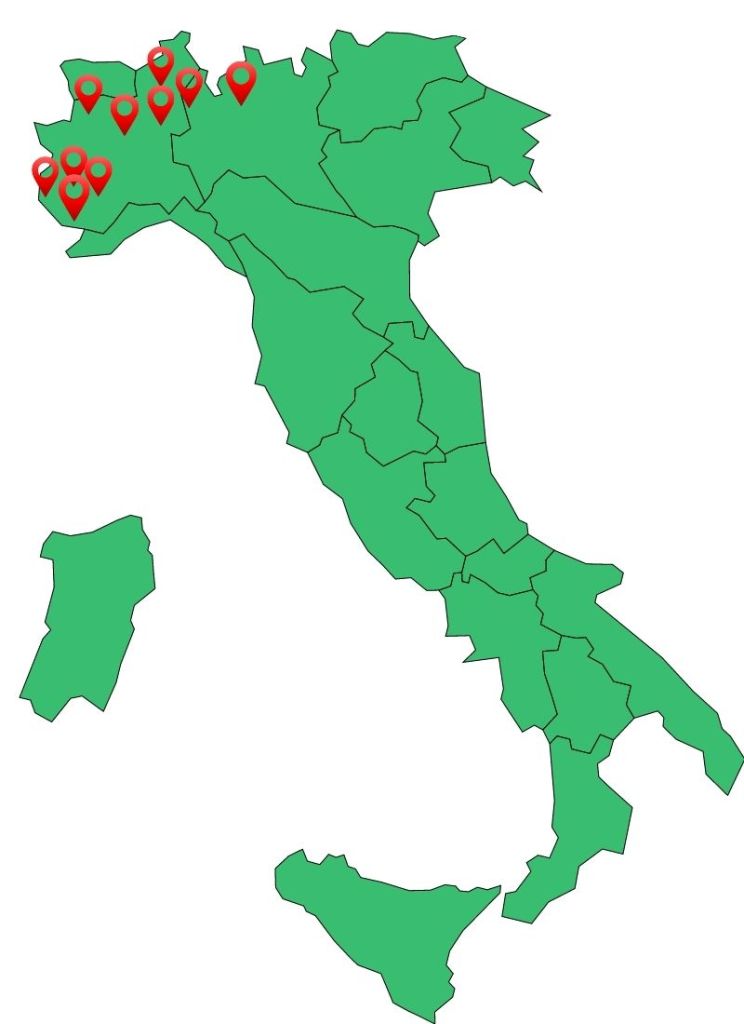
Map of Italy
1. Morterone
The smallest town in Italy has a whopping 29 inhabitants who are mostly elderly, with the occasional young couple. At 1,000 meters above sea level, economic activity in the town is mostly tied to agriculture although you will also find a church, a playground, an ATM machine, and even a trattoria. Leisure activities in the town include (but are by no means limited to) hiking, skiing and snowshoeing as well as an open air museum of modern art.
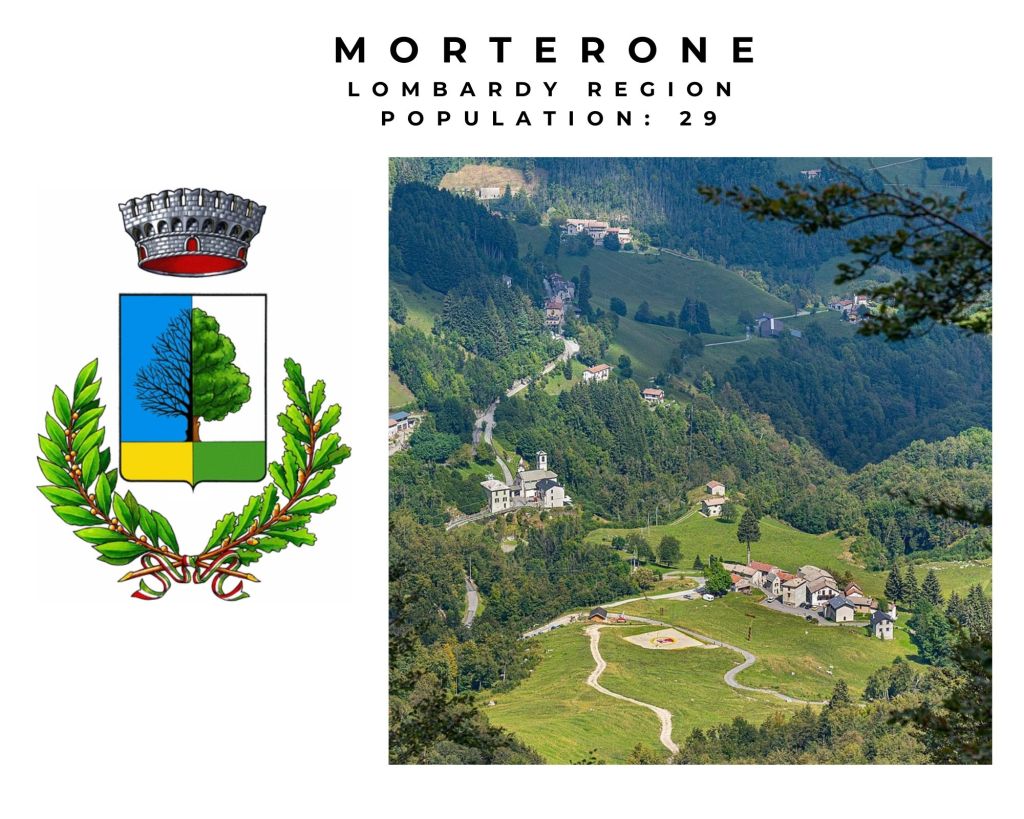
2. Moncenisio
About 70 kilometers from Turin along the French border lies the tiny town of Moncenisio at 1460 meters above sea level and with just 37 residents. According to the earliest accounts, in medieval times the town earned its place on the map for its proximity to the border with France and the livestock path that fostered commerce between the two countries. Today the town is home to two trattorias, two pristine lakes, a church, and four small chapels.
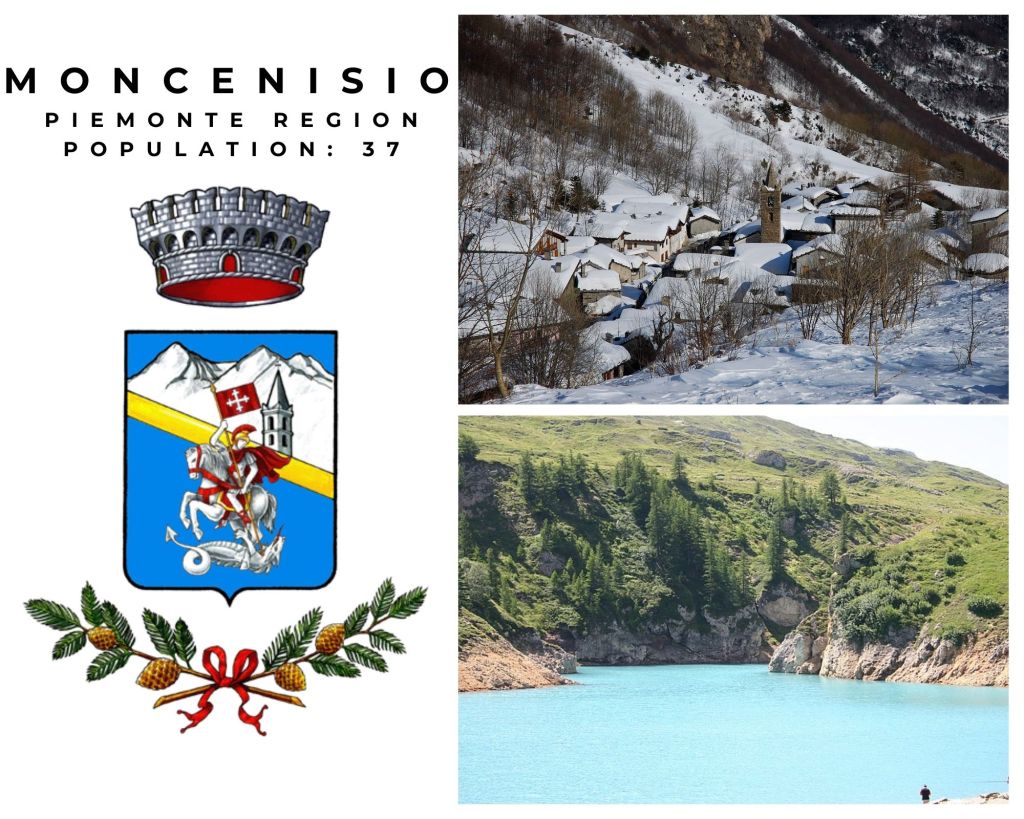
3. Ribordone
Like many others in this collection of hidden Italian gems, Ribordone exemplifies the pattern of shrinking populations on their way to extinction over the decades due to emigration and the industrial revolution. Ribordone was once a prosperous town with 1442 residents, compared to a mere 48 today.
Travel tip: Ribordone is home to the Prascondu Sancturary, built as a shrine on the spot where a young local mute had a vision of the virgin as she gave him advice that led him to discover his voice.
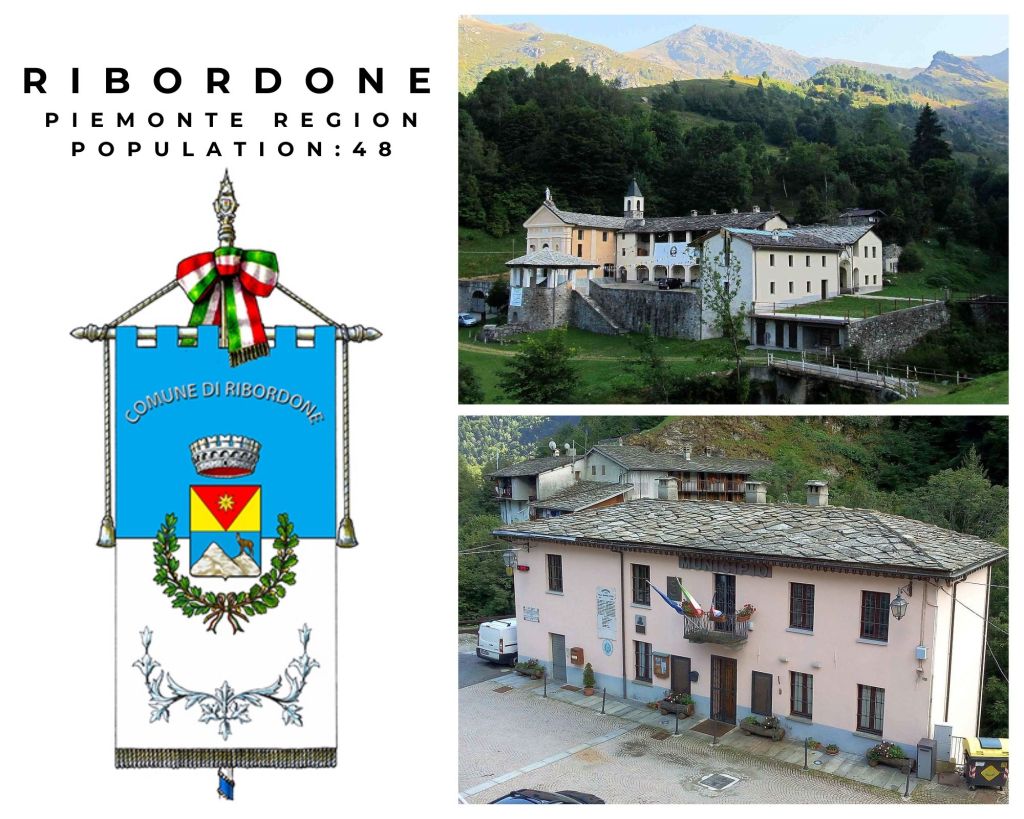
4. Macra
In the sleepy valley town of Macra, the population speaks a curious dialect known as Occitan, native to parts of France, Monaco, and the Italian Occitan Valleys as well as a “linguistic island” in the southern region of Calabria where northerners settled but maintained their northern dialect.
Travel tip: The stunning San Salvatore chapel is Macra was built by Benedictine monks in the 12th century
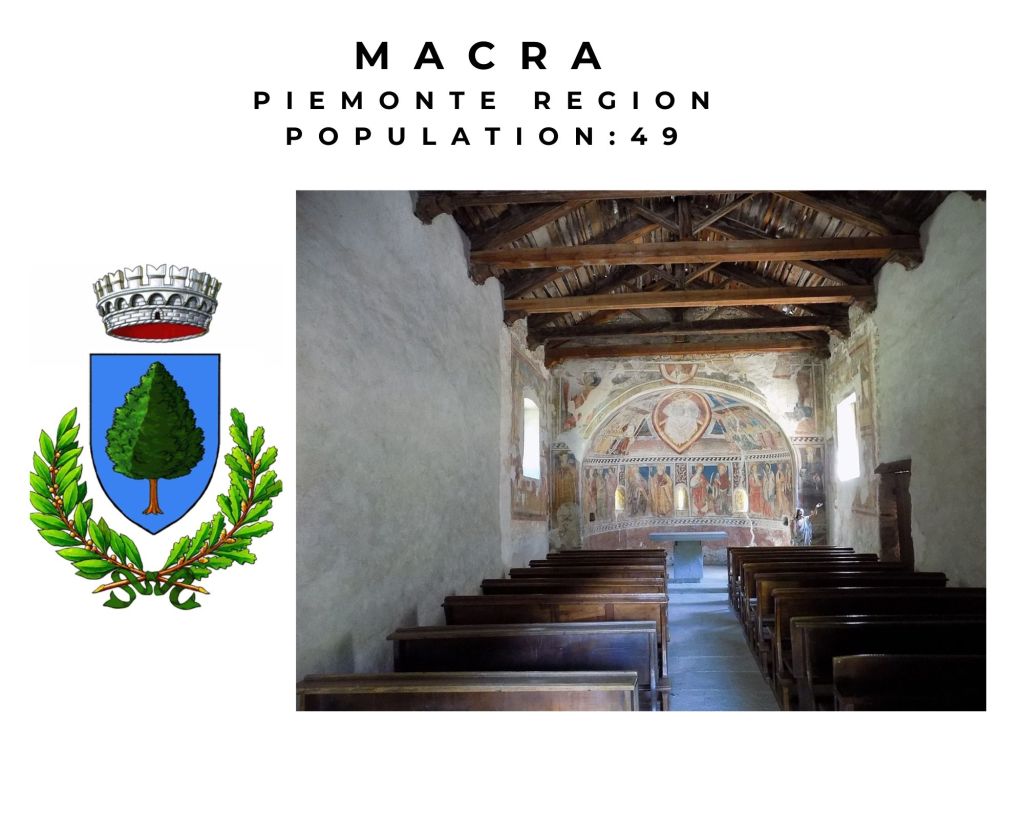
Small Chapel in Piemonte
5. Cervatto
The Comune di Cervatto is located in the Valsesia ( west of Lago Maggiore), extending from 1000 to 2300 meters above sea level. For decades during the European Belle Epoque it was considered a favorite destination among the Lombardy and Piedmont elite for its stunning and peaceful landscapes.
Travel tip: The 17th century San Rocco church is home to a depiction of The Death of San Giuseppe by De Dominici.

Castles of Northern Italy
6. Rondanina
Just over a one hour drive from Genova, Rondanina rises up at about 1000 meters. When coastal populations sought fertile lands for farming and refuge from Saracen attacks, they found both in Rondanina. There are no schools nor commerce to speak of, however there is a museum dedicated to local plant and animal life. The Rondanina coat of arms pictures a swallow (Italian “rondine”), from which the name is derived.

7. Marmora
Once again along the French border, Marmora is a scenic mountain town situated 1200 meters above sea level and is home to 62 residents (a 92% decline since 1911).
Travel tip: in the local chapel there are 15th century frescoes depicting the life of Jesus and St. Sebastian.

8. Castelmagno
In the mountainous region of Valle Grana, Castelmagno dates back to at least the third century, proven by the unearthing of a Roman altar dedicated to the God Mars and other objects of the Imperial Roman era. Despite staggering depopulation and emigration, the local population has been actively trying to breathe new life into the area by investing in initiatives such as a local library, the “Museum of Life Here,” a Museum of traditional local labor, a flourishing Buddhist community, and last but not least production of the highly prized Castelmagno cheese. The San Magno Sanctuary is located at the highest point of the Valle Grana at 1700 meters.

Hightest quality Italian cheese
9. Rassa
In the heart of Piedmont where two rivers and valleys converge, Rassa is a perfectly preserved modern depiction of the mountain villages of centuries past. Known for its medieval era bridge over the Gronda river and historic chalet-style homes, Rassa is perhaps most famous for being the backdrop of the preachings of Fra Dolcino, who was executed as a heretic for seeking the return to evangelical poverty and turning his back to popes and cardinals of the church to obey God alone.

10. Carcoforo
Carcoforo, home to 74 inhabitants has been hailed one of the most ideal villages in Italy by a popular national magazine. Situated partly with the Valsesia national park with peaks as high as 2800 meters, the area was founded as a Walser settlement in the 14th century, while a german dialect is still spoken there today.
Travel tip: In addition to camping, skiing, rock climbing, hiking, fishing and skating, there are numerous churches and museums worth a visit such as the Valsesia Nature Museum.

Chalet style homes in Northern Italy

